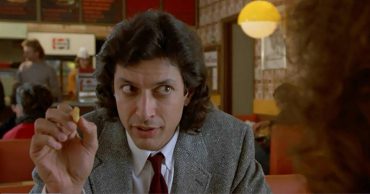Some inventions remain unchanged throughout history, while others only reveal their true potential through chance, necessity, or creative transformation. We’ve gathered a list of ingenious inventions that were created to fulfill one purpose, and then later gained popularity for another. From wallpaper repurposed into packaging material to an electric pen reborn as a tattoo machine, each change is a sign of human beings’ ability to adapt and problem-solve. Explore the origin stories and unexpected transformations of these 25 familiar inventions that are now everyday heroes.
#1 The Electric Pen
Invented by Thomas Edison in 1875, the electric pen was supposed to revolutionize the office equipment industry, but sadly, it wasn’t exactly a hit. However, in 1891, tattoo artist Samuel O’Reilly used the electric pen design to make the first electric tattoo needle. His invention shaped the tattoo industry as we know it today and ultimately kept the original technology of the electric pen alive.
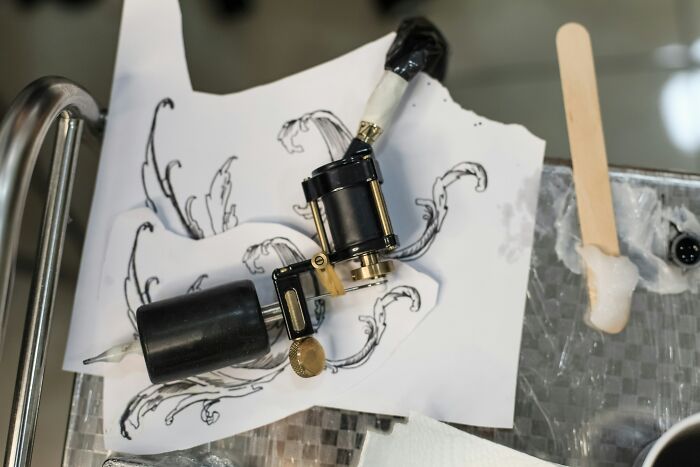
Image source: Diana Light (not the actual photo), notathrowawayoris
#2 High-Heeled Shoes
High-heeled shoes can be traced back to the 10th century in Persia, when they were primarily worn during horse riding. By the 17th century in Europe, they became a symbol of masculinity and high social status for men. However, by the 18th century, high-heeled shoes began to filter into women’s fashion. Now, centuries later, women mostly wear them because they represent femininity.

Image source: Fernanda Nuso, Vyzantinist
#3 Duct Tape
Duct tape was originally designed by Vesta Stoudt in 1943 as a way to seal ammunition boxes more efficiently during World War II. The waterproof tape worked so well that soldiers began using it for way more than just sealing boxes. In addition to being a handy household product today, soldiers still use it to patch up almost anything.

Image source: brandomakesbranding, Ghoulak21
#4 Graham Crackers
Health buff Sylvester Graham created the crackers as part of his ‘Graham diet’, which promoted eating fruits, vegetables, rough cereals, and foods rich in dietary fiber. The original Graham crackers were free from sugar, fat, and salt, basically everything that would make them pleasurable to eat. After several recipe tweaks over the years, Graham crackers are now a delicious sweet treat available in several varieties.

Image source: Scott Akerman, chemicalus0
#5 Phones
The first telephone was invented in the 19th century by Alexander Graham Bell and was primarily used for voice communication. Decades later, in 1973, mobile cellphones with 1G networks were introduced to the market. By the 2000s, cellphones had transformed into smartphones with cameras, social media apps, and many other advanced features beyond voice calling.
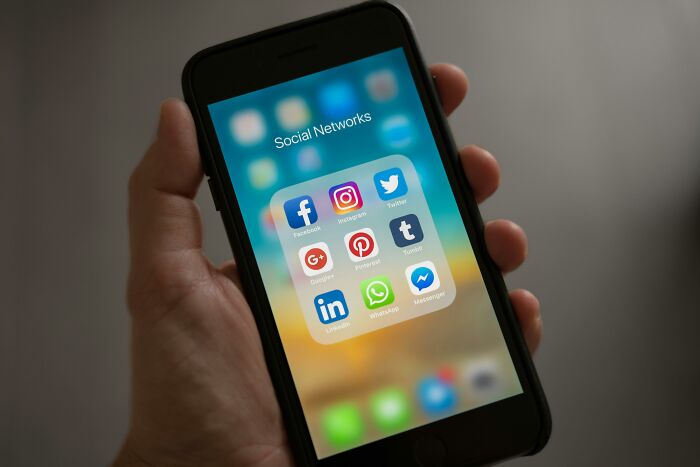
Image source: Tracy Le Blanc, RobynInTheDeep
#6 Pom Poms On Hats
Throughout history, pom-poms were put on hats for various practical purposes. For sailors, they provided head protection while they were in the lower ship spaces. In the military, they were used as a form of identification, and culturally, they signified social status, marital status, or tribal affiliation. Today, pom-poms on hats are mostly seen as a popular winter fashion statement.

Image source: Taryn Elliott, JustAnAverageRetard
#7 Bubble Wrap
Invented by Alfred Fielding and Marc Chavannes in 1957, bubble wrap was initially intended to be a textured three-dimensional wallpaper. But when this idea failed to take off, they began marketing it as greenhouse insulation. However, its true success only came in 1961 when IBM became the first company to use bubble wrap as protective packaging.

Image source: Wander Fleur, Reddit
#8 Coca-Cola
Before it became the world’s most popular soft drink, Coca-Cola was created as a substitute for morphine by pharmacist John Pemberton in 1886. When it first hit the shelves as a patent medicine claiming to cure all sorts of ailments, from indigestion to headaches, it instantly became a crowd-pleaser. Now, it’s marketed as a great-tasting beverage instead of a cure-all medicine.
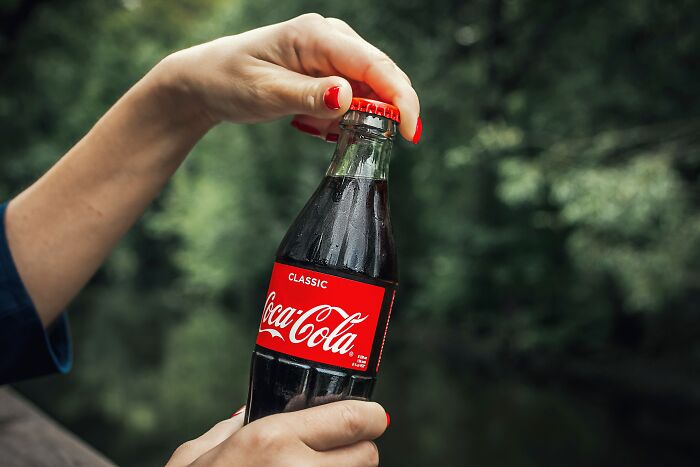
Image source: Artem Beliaikin, Wikipedia
#9 The Treadmill
What is now the world’s most favorite piece of exercise equipment was originally used as a torture device in English prisons in the 1800s. To repay the cost of their upkeep, the prisoners were made to mill corn on the treadmills for up to 10 hours a day. By subjecting the hardened criminals to forced labor, prison administrators had hoped they would be rehabilitated.

Image source: Getty Images, nombrildevenus
#10 Play-Doh
It’s hard to believe that Play-Doh was anything other than a kid’s toy. First manufactured in Ohio in the early 1900s, it was originally used as a wallpaper cleaner. But once the need for wallpaper fell away in the ‘50s, the putty was transformed into the much-loved children’s toy. Today, over 3 billion cans of Play-Doh have been sold since its debut in 1956.
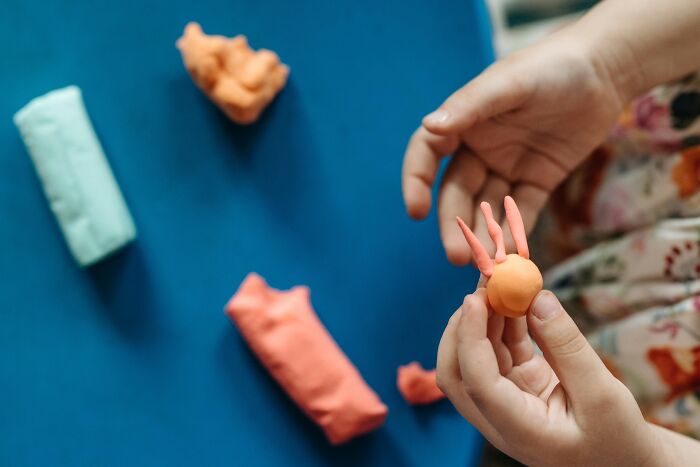
Image source: Pavel Danilyuk, reddit
#11 Kleenex
Surprisingly, Kleenex disposable handkerchiefs started out as gas mask filters during World War I. Nurses on duty at the time discovered that the filters were also great makeup removers. As a result, after the war, the manufacturing company repurposed them for cosmetic use and eventually began selling them as disposable handkerchiefs.

Image source: Getty Images, Dilettante
#12 The Car Dashboard
The dashboard wasn’t always the sophisticated car accessory it is today. In the times when horse carriages were the mode of transportation, the dashboard was just a wooden board used to shield the people in the carriage from the dirt and debris brought up by the horses’ galloping. Now, it has been transformed into a high-tech accessory that relays information and performs an unlimited range of functions.

Image source: Getty Images, Electricpants
#13 Super Glue
Super glue, also known as cyanoacrylate, was accidentally discovered by Dr. Harry Wesley Coover in 1942 during World War II. The glue was then used during the Vietnam War to seal the wounds of injured soldiers before they were transported to the hospital for further treatment. Today, superglue has become surprisingly versatile. From cosmetics to forensic evidence testing, it has proved to be pretty handy.
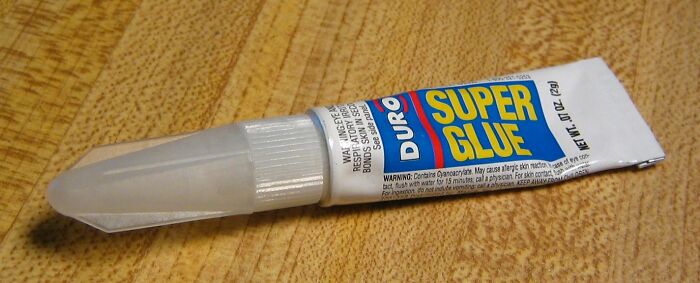
Image source: Omegatron, Military Times
#14 Viagra
This ‘potency’ pill was discovered accidentally when researchers at Pfizer attempted to develop a medicine for treating heart problems. The active ingredient in Viagra, Sildenafil, was meant to dilate the blood vessels in the hearts of the test subjects, but instead seemed to dilate the blood vessels in their penises, leading to erections. And with that, Viagra was officially born.
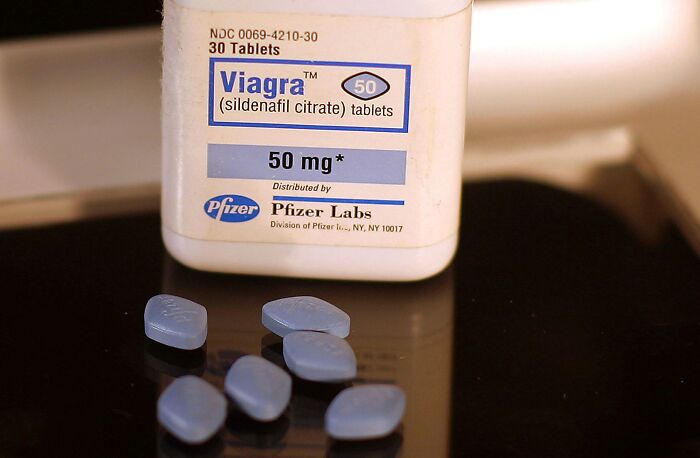
Image source: David Trinks, Dilettante
#15 Jagermeister
Originally intended as a medicinal solution to improve digestion, Jagermeister was created in 1934 by experienced hunter Kurt Mast using a mixture of herbs and plants. However, the herbal drink soon became a worldwide favorite liqueur, not because of its medicinal properties but because of its unique taste. Today, Jagermeister is served neat or in cocktails, and its ingredients are still a secret.

Image source: Rehina Sultanova, jimmyneyugn
#16 Facebook
Created by Mark Zuckerberg and his Harvard University roommates, Dustin Moskovitz, Chris Hughes, and Eduardo Saverin in 2004, Facebook was initially merely a social networking site for Harvard students. However, it quickly gained popularity among other universities, and just four months later, it had over 250,000 subscribers. Eventually, by the end of 2004, it had grown to over one million subscribers.
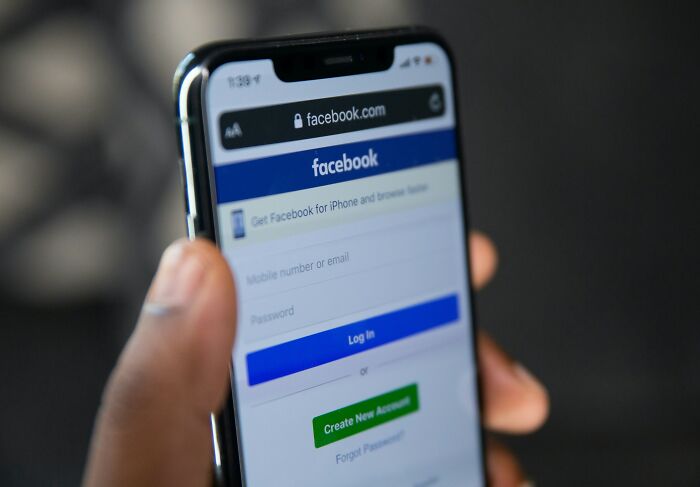
Image source: Solen Feyissa, Reddit
#17 Copyright
When copyright was first created in the 1700s, it was intended to cover books only. It gave authors limited exclusive rights to print their books for relatively short periods of time. Over three centuries later, copyright extends to a wide range of works such as music, films, photos, and so much more. Copyright owners are also provided with longer protection terms now than they were before.

#18 The Car Glove Compartment
Because early cars were open to the weather, driving gloves were a necessity to keep drivers’ hands from getting numb when exposed to the elements. The glove compartment in vehicles was primarily used to store these driving gloves. Today, the compartment is mostly referred to as a glove box, even though it’s used to store various other things.

Image source: Sam McNamara, Reddit
#19 Dynamite
Swedish scientist, Albert Nobel, invented dynamite to assist the building and mining industry. But eventually, others began using it to make explosives and rockets for use in the war. So, what was initially created to help people ended up hurting them and causing catastrophic damage to structures. Out of guilt, Nobel even donated his life’s earnings to create the Nobel Peace Prize to award important inventions that brought good instead of harm to humanity.

Image source: Erik Mclean, Reddit
#20 Paintball Guns
Paintball guns, also known as paintball markers, weren’t always used for an extreme sport. Originally, they were used by rangers to mark trees and livestock from a distance or the safety of vehicles. This was until the late ‘70s, when friends Hayes Noel, Charles Gains, and Bob Gurnsey came up with the idea of paintball games.

Image source: James Fitzgerald, nyeark
#21 Daily Newspapers
The first newspaper, Acta Diurna, was invented by the Roman Empire in 59 BCE. It was primarily used by government authorities to get news and information on current events out to the vast population. Today, newspapers are produced by independent providers and focus on a lot more than just reporting on current events, like advertising and gossip columns.

Image source: Planet Volumes, Reddit
#22 Saxophone
Initially invented in the 1840s as a musical instrument to revolutionize orchestras and military bands, the saxophone only gained popularity in the early 20th century. It was described as being the missing link between string, brass, and woodwind instruments. Surprisingly, after a slow start as an orchestral instrument, the saxophone became a pivotal instrument in jazz, vaudeville, and dance bands, particularly in the 1920s.

Image source: Getty Images, TheSanityInspector
#23 Amazon
Amazon was founded by Jeff Bezos in 1994 and has become one of the world’s largest online retailers. The company started out as a small online bookseller delivering to fifty states and forty-five countries. From 1998, Amazon expanded into selling way more than just books, transforming it into a global retail giant and successful subscription service.

Image source: bryanangelo, SilverWombat818
#24 Nalgene Bottles
The idea of Nalgene bottles originated in 1949 when chemist Emanuale Goldberg created lab equipment using plastic that was lighter than glass and less prone to shattering. In the ‘60s, when hiking became more popular, scientists began taking the bottles with them on trips due to their lightweight and leakproof nature. Today, the bottles have become an essential piece of outdoor gear.

Image source: A. C. (not the actual photo), VictorBlimpmuscle
#25 Irn-Bru
In 1901, a Scottish soft drink company created what was initially called ‘Iron Brew’ as a refreshing beverage for manual laborers. It was marketed as a tonic-like drink with a supposed iron content to help them get through their physically demanding work. Today, its unique flavor, high caffeine, and sugar content have transformed it into a popular hangover cure.
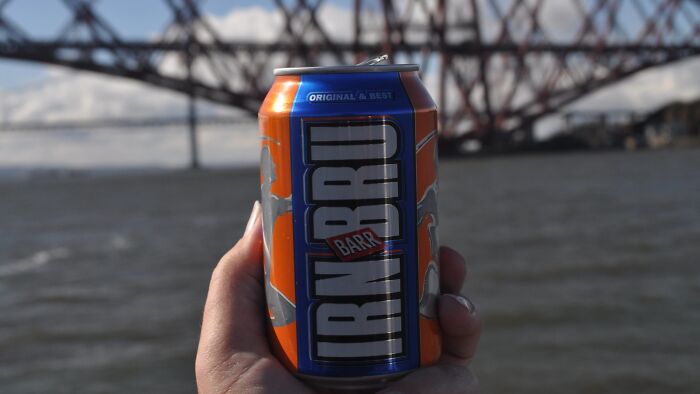
Image source: David McKelvey, Scotland’s Wonder
 Follow Us
Follow Us
